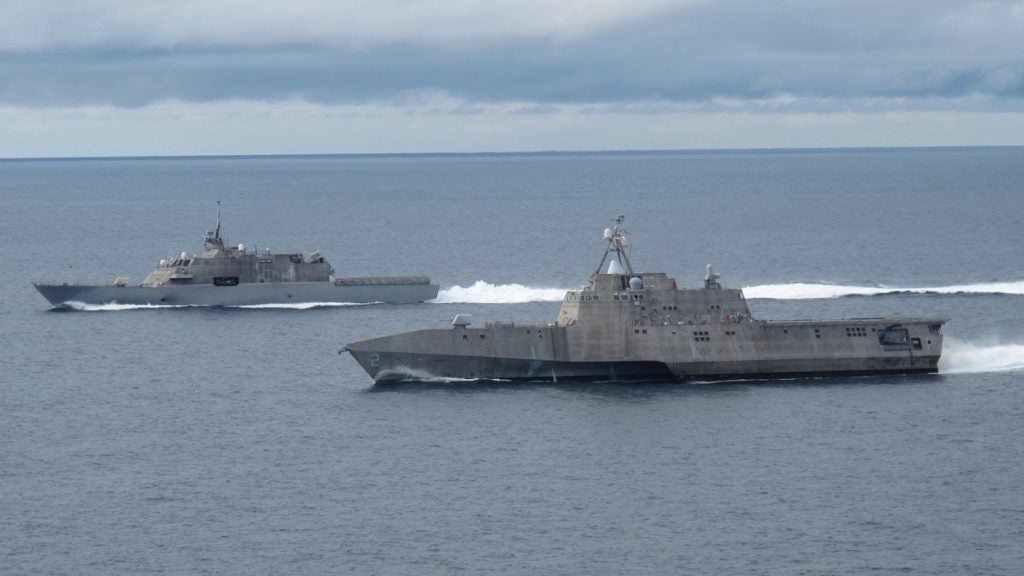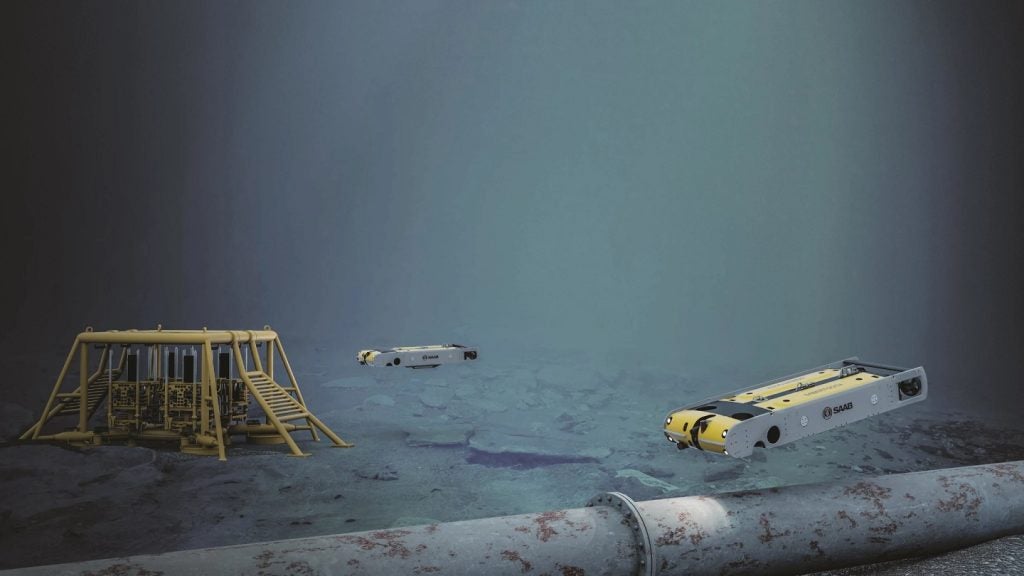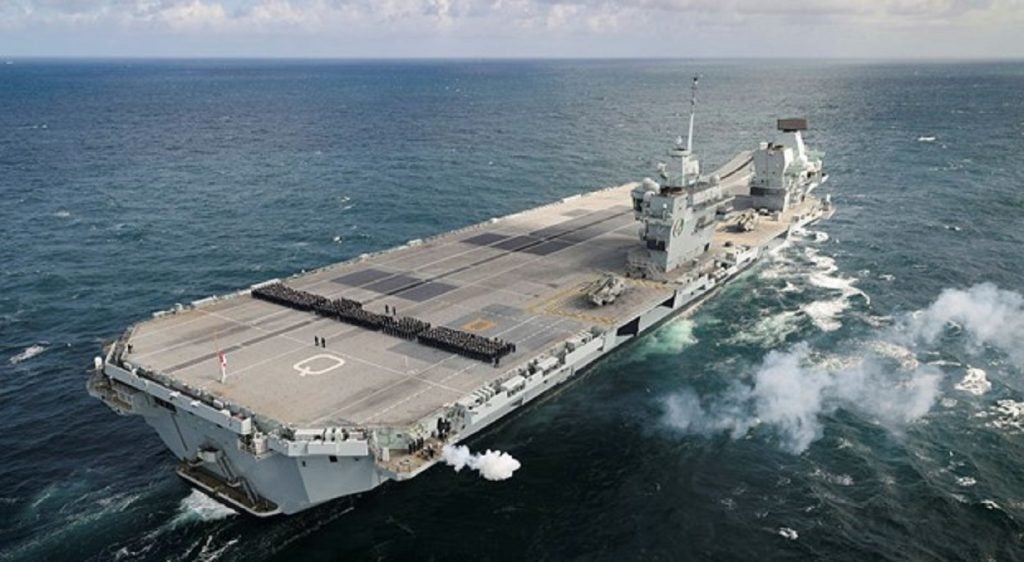US defence primes Lockheed Martin and General Dynamics have each been awarded multi-million-dollar contracts to sustain aspects of the twin-variant Littoral Combat Ship (LCS) programme by the US Department of Defence (DoD), with a combined value in excess of $129m.
Announced on 1 September by the DoD, Lockheed Martin was awarded an $81.2m cost-only modification to exercise options for LCS class design support and integrated data and product model environment support. The same day, General Dynamics Mission Systems was awarded a $48.2m cost-only modification to exercise options for the sustainment of the LCS’ combat management system (CMS).
Both contracts were expected to be completed by August 2024, stated the DoD, with US Naval Sea Systems command acting as contracting authority.
The two-variants of the LCS programme, although classed under the same platform, has produces two very different designs, with the unique trimaran Independence class design joined by the monohull Freedom class variant. In addition, the two designs also feature different CMS’, with the General Dynamics Integrated Combat Management System (IMCS) installed on the Independence class and Lockheed Martin’s Aegis-derived Combat Ship Component Based Total Ship System – 21st Century – (COMBATSS-21) fitted to the Freedom-class vessels.
Industry provides ongoing CMS LCS support
Sustainment of CMS and other critical mission systems for naval warships is standard practice for the private sector, which retains expertise outside that of militaries. General Dynamics, as prime contractor for the Independence variant, which is manufactured by Austal USA, was in May 2020 awarded a $40m contract by the US Naval Surface Warfare Center, Dahlgren Division (NSWCDD) to support the NSWCDD in Independence-variant CMS efforts.
Work for the contract was due to be completed by 2024 if all options were exercised, according to a General Dynamics statement at the time.
The same year Lockheed Martin was awarded a base value contract of $98.6m to support the Freedom-class LCS’ COMBATSS-21 CMS, which would include the development, integration, test and delivery of future combat system baseline upgrades for in-service ships.
The LCS: unwanted by its owner?
The US Navy had sought to remove a significant portion of its LCS fleet in recent years as difficulties with maintenance, external concerns about the type’s survivability in contested maritime environments, and a lack of available modular mission modules, hindered its development and service use.
In 2022, early plans to remove nine Freedom-class LCS from US Navy service in 2023 were put forward by the office the then Chief of Naval Operations, Admiral Mike Gilday. However, in July this year the passage of the US National Defense Authorization Act (NDAA) 2024 saw the prevention of what the House Armed Service Committee called the “Biden administration’s effort to reduce the size of the navy”.
The 2024 NDAA committed to funding of $146m for LCS in-service modernisation, a reduction of some $25m from the original FY 2024 request. An earlier June House Funding Bill specifically precluded the ability for the US Navy to use any funds provided for the purposes of “decommissioning any Littoral Combat Ship”.
Construction began on the Freedom-class LCS 1 (USS Freedom) and Independence-class LCS 2 (USS Independence) in 2005 and 2006 respectively, and were similarly spaced in their commissioning into service, with the USS Freedom joining the US Navy in November 2008 and the USS Independence following in January 2010.
Four ships in the now 20+ strong class - two Independence and one Freedom variants - have already been decommissioned having served only a handful of years with the US Navy.












